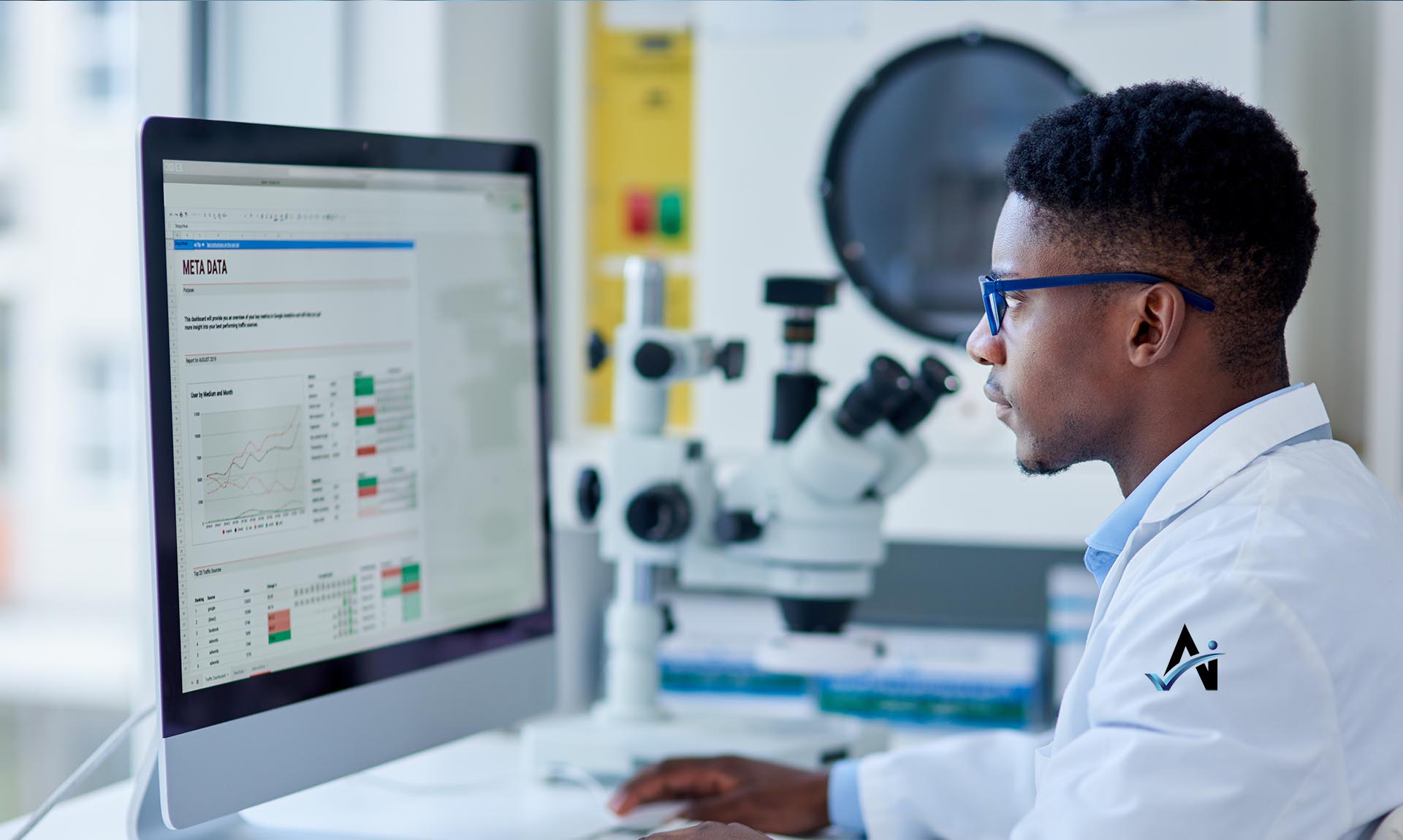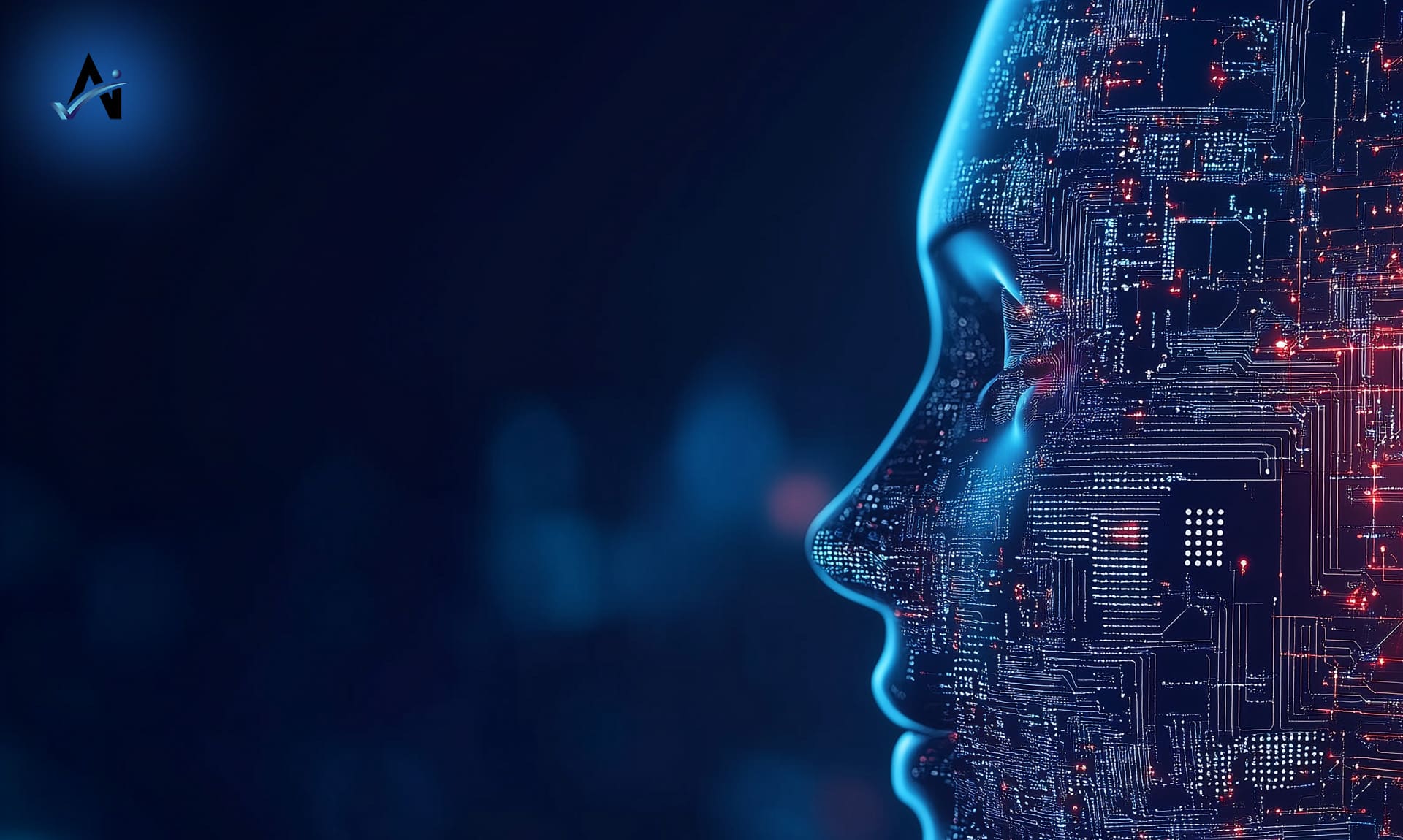Diagnostic Medicine: AI Ushering in A New Era of Precision and Efficiency
The integration of Artificial Intelligence (AI) and Machine Learning (ML) in diagnostic medicine is revolutionizing the way medical professionals diagnose and treat diseases. AI and ML are enhancing diagnostic medicine, providing faster, more accurate, and more personalized healthcare services.
The Emergence of AI and ML in Diagnostic Medicine
Diagnostic medicine involves identifying diseases and conditions through tests, imaging, and other evaluation tools. AI and ML are transforming this field by analyzing complex medical data, recognizing patterns, and providing insights that are beyond human capabilities in both speed and accuracy.
Key Areas of Impact
- Medical Imaging: AI algorithms are particularly adept at analyzing images from X-rays, MRIs, CT scans, and ultrasounds. They can detect anomalies, such as tumors or fractures, often with greater accuracy and speed than human radiologists. This not only speeds up the diagnostic process but also reduces the chances of human error.
- Pathology: In pathology, AI and ML tools analyze tissue samples, identifying patterns indicative of various diseases, including different types of cancers. This automation not only enhances the accuracy of diagnoses but also significantly reduces the time taken for analysis.
- Predictive Analytics: AI models can predict disease risk by analyzing patient data, including genetic information, lifestyle factors, and previous medical history. This predictive approach is crucial in early disease detection and prevention strategies.
- Wearable Technology: Wearable devices equipped with AI algorithms monitor vital signs and other health indicators, providing real-time data that can aid in early diagnosis and continuous health monitoring.
Notable Examples and Innovations
- Cancer Detection: AI systems have shown remarkable results in the early detection of cancers such as breast, skin, and lung cancer by analyzing imaging data with a higher accuracy rate than traditional methods.
- Heart Disease Diagnosis: AI tools analyze ECG data to detect heart diseases more accurately, including conditions that may be missed by traditional methods.
- Neurological Disorders: AI algorithms are being used to detect patterns in brain imaging that are indicative of neurological disorders such as Alzheimer’s disease, often before clinical symptoms are apparent.
- Ophthalmology: In eye care, AI systems analyze retinal images to detect diabetic retinopathy, glaucoma, and age-related macular degeneration, significantly improving early detection rates.
Challenges and Future Perspectives
While AI and ML offer immense potential, there are challenges in terms of data privacy, ethical considerations, the need for extensive and diverse datasets, and the integration of these technologies into existing healthcare systems. Furthermore, the interpretation of AI-generated results still requires expert medical knowledge, underscoring the importance of collaboration between AI developers and healthcare professionals.
Conclusion
AI and ML are not just augmenting diagnostic medicine; they are reshaping it. With their ability to analyze vast datasets, recognize complex patterns, and provide predictive insights, these technologies are setting a new standard in medical diagnostics. The future of diagnostic medicine with AI and ML promises not only increased efficiency and accuracy but also a shift towards more proactive and personalized healthcare.
latest video
Get Our Newsletter
Never miss an insight!






